
The cover image of Carrie Mae Weems’s engaging book finds the artist and photographer wearing a long black dress as she stands at the shoreline with her back to the camera, looking at the ocean. It looks as if she is contemplating the morning. We, the “reader” or “viewer,” wait in anticipation to open the book and look into her world. The cover image is our invitation! The photograph is from Weems’s Roaming series from 2006. She becomes our narrator to history. She states: “This woman can stand in for me and for you; she leads you into history. She’s a witness and a guide.”
Weems is an art-photographer, performance artist, activist and videographer—well known for her photographic series and multi-screen projections relating to themes focusing on family, beauty and memory. For the last 25 years, she has relied on stories from the ‘kitchen table’ and of life in the low country of South Carolina, antebellum New Orleans, cities in Senegal, Cuba, Ghana and Italy to create a body of work that engages in history. An artist concerned with iconography, she has constructed a series of works questioning black women’s presence in popular and material culture as well as art history. Throughout her 30-odd year career, Weems has re-staged historical moments and created images that re-imagined everyday life from family stories to political history. Weems focused her camera on her own body to create multiple conversations. She interrogates and assembles old stereotypes and disassembles them.
In 1992, she refused to accept the scientific racism that prevailed in the 19th century circulating about black Americans. In re-imagining the photographed experiences of some of the blacks enslaved on a South Carolina plantation photographed by J. T. Zealy, a daguerreotypist commissioned by zoologist Louis Agassiz, Weems used the narrative of slavery and re-purposed the images. The title of her series From Here I Saw What Happened and I Cried is a text and image installation of large scale framed images printed with a red tint, possibly to signify the life’s blood still flowing through the memory of their enslaved experience.
Born in Portland, Oregon, and now living in Syracuse, N.Y., photo-artist Weems interweaves a narrative of black female subjectivity, black beauty and the gaze in her work on beauty. Weems’s photographs are ‘performing beauty’ through lighting, posing, acting and fashion. Weems confronts historical depictions and restages them with ‘what if…’ questions. In her series, Not Manet’s Type, Weems critiques the white male art “masters,” and how beauty is defined through their paintings. The ironic series of five self-reflexive photographs with text, questions not only Manet but also Picasso, DeKooning and Duchamp.
Weems is the ideal model and she is well informed about the history of art, using her own partially dressed and nude body. The posing reveals her formal training as a photographer, and her choice of props is influenced by her sharp observation as a builder of ideas. The series’ power lies in her narrative voice and her ability to create a scene. At first glance, it looks as if the photographs are all the same because of the square format and the centered art deco-style vanity dresser. The setting is the bedroom, a private but inviting space. We, the viewer, peer through the square mat into the round mirror that frames her body, which lends an effect of peeping at a private moment. Her sensitivity to the historical gaze is quite evident, the time of day, the lace on the brass bed, the large white vase holding dried flowers, and the art work framed on the wall offer a sense of reality, as the bright sun bleaches the lower half of her body and the bed. Weems stands with her back to the viewer; the bold red text reads:
“It was clear, I was not Manet’s type… Picasso—who had a way with women only used me & Duchamp never even considered me.”
The series’ text clearly shows her vulnerability as she attempts to empower her image. The next images states: “Standing on shakey [sic] ground I posed myself for critical study but was no longer certain of the questions to ask.”
Women artists like Weems, Barbara Kruger, Cindy Sherman, Lorna Simpson, Renee Cox and Carla Williams challenge ideas of beauty and desire, which are both critical components in Weems’s work. All of these artists dare her viewer to rethink their understanding and the positioning of contemporary art practices. Mirrors are often found in Weems’s self-portraits; she’s gazes at her statuesque frame which is reflected in the mirrored image. Gates states, “An artist does not make a work called Not Manet’s Type (1997) without a keen sense of her own authority, a respect—not reverence—for those artists who came before her, and an ability to laugh in the midst of serious thinking.”
Deborah Willis is a photographer, photo historian and professor at New York University. Her recent work includes a book and exhibition of the same title Posing Beauty in African American Culture on exhibit at the Figge Art Museum in Davenport, Iowa.
Willis’s writing is featured in Carrie Mae Weems: Three Decades of Photography and Video, which will be released by Yale University Press in October.
A retrospective exhibition of the same name is also on view at the Frist Center in Nashville from Sept. 21, 2012 to Jan. 13, 2013.
It will then travel to the following locations:
Portland Art Museum: Feb. 2–May 19, 2013
Cleveland Museum of Art: June 30–Sept. 29, 2013
Cantor Center for Visual Arts, Stanford University: Oct. 16, 2013–Jan. 5, 2014
Solomon R. Guggenheim Museum, New York: Jan. 24–April 23, 2014

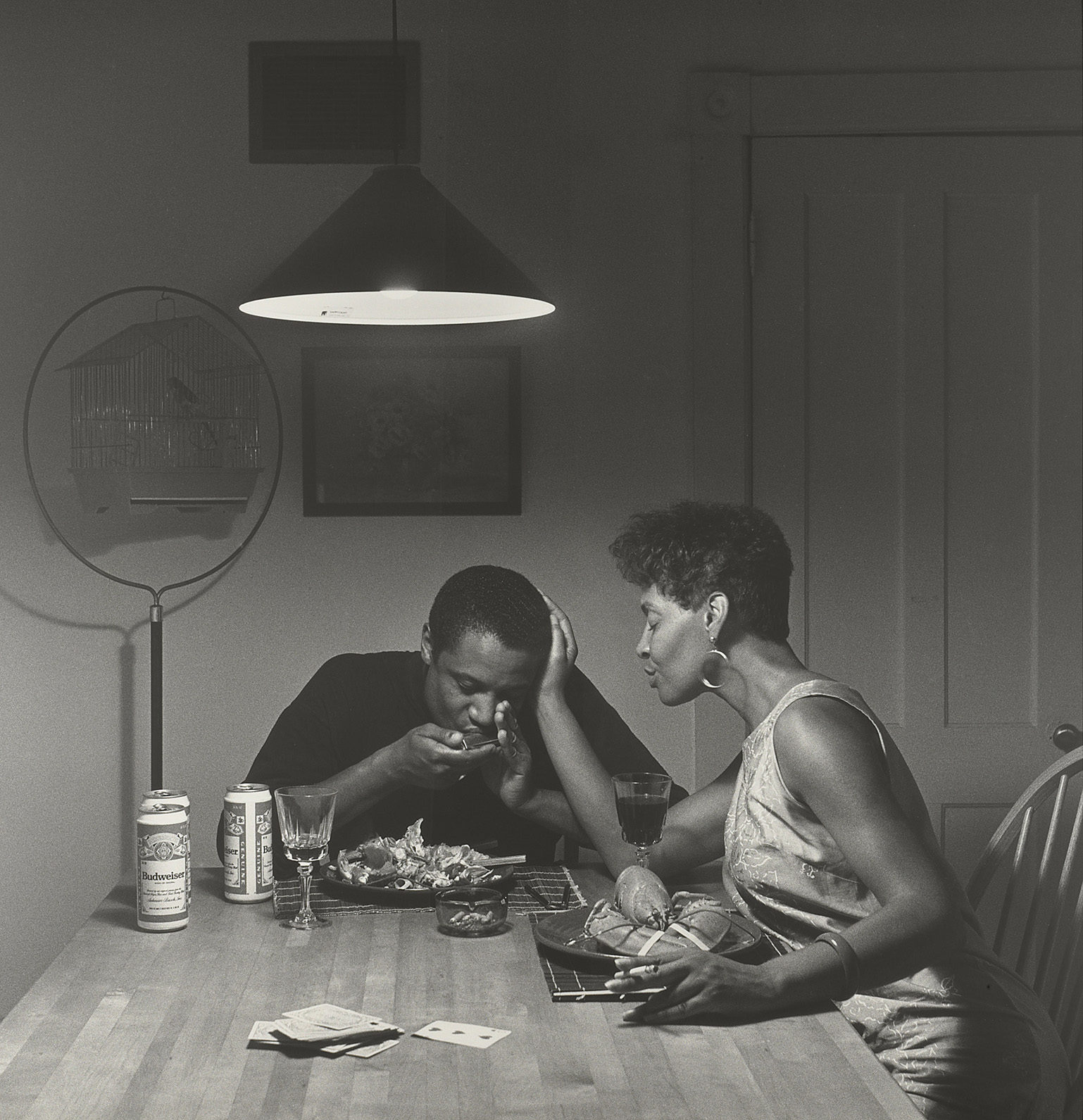


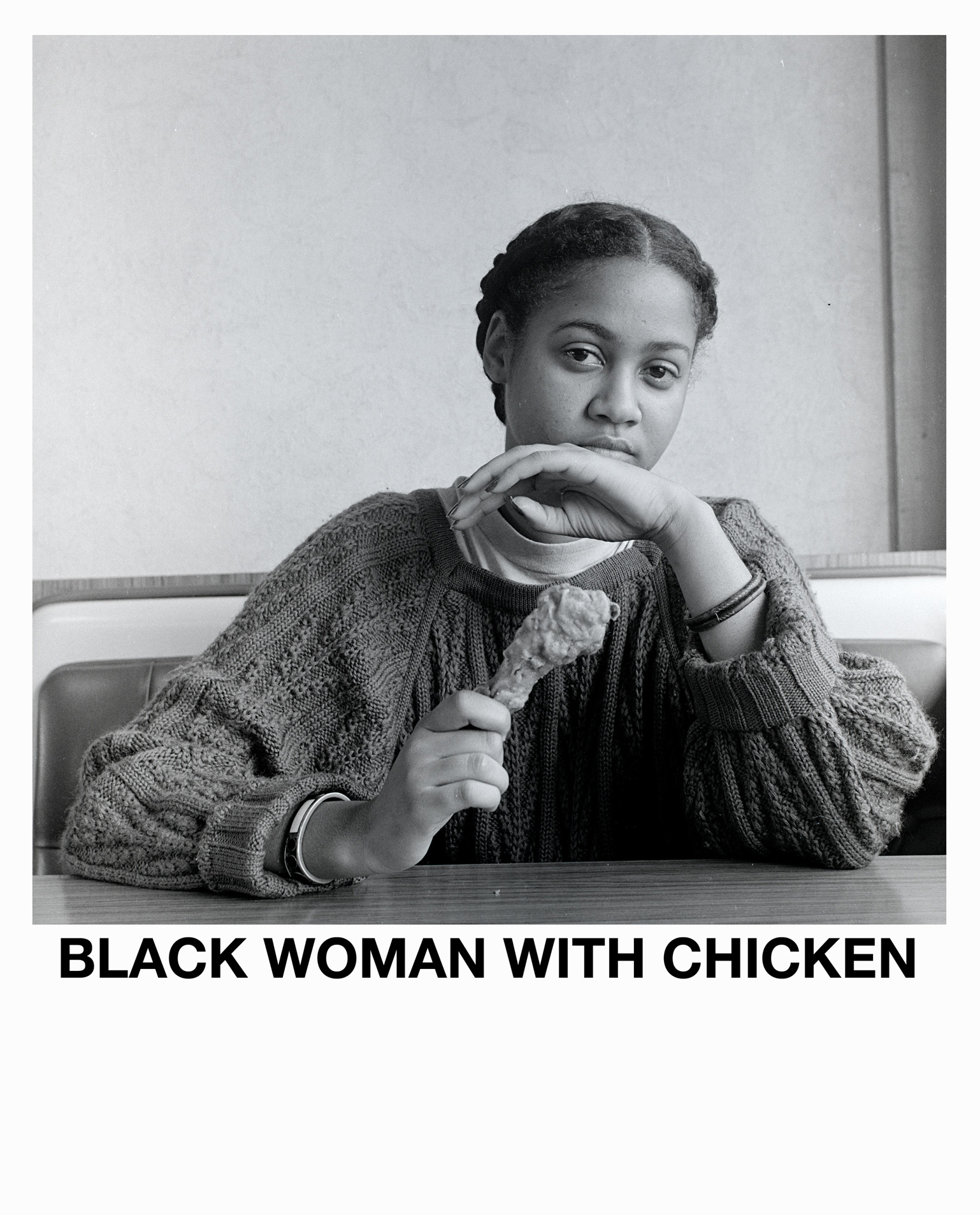
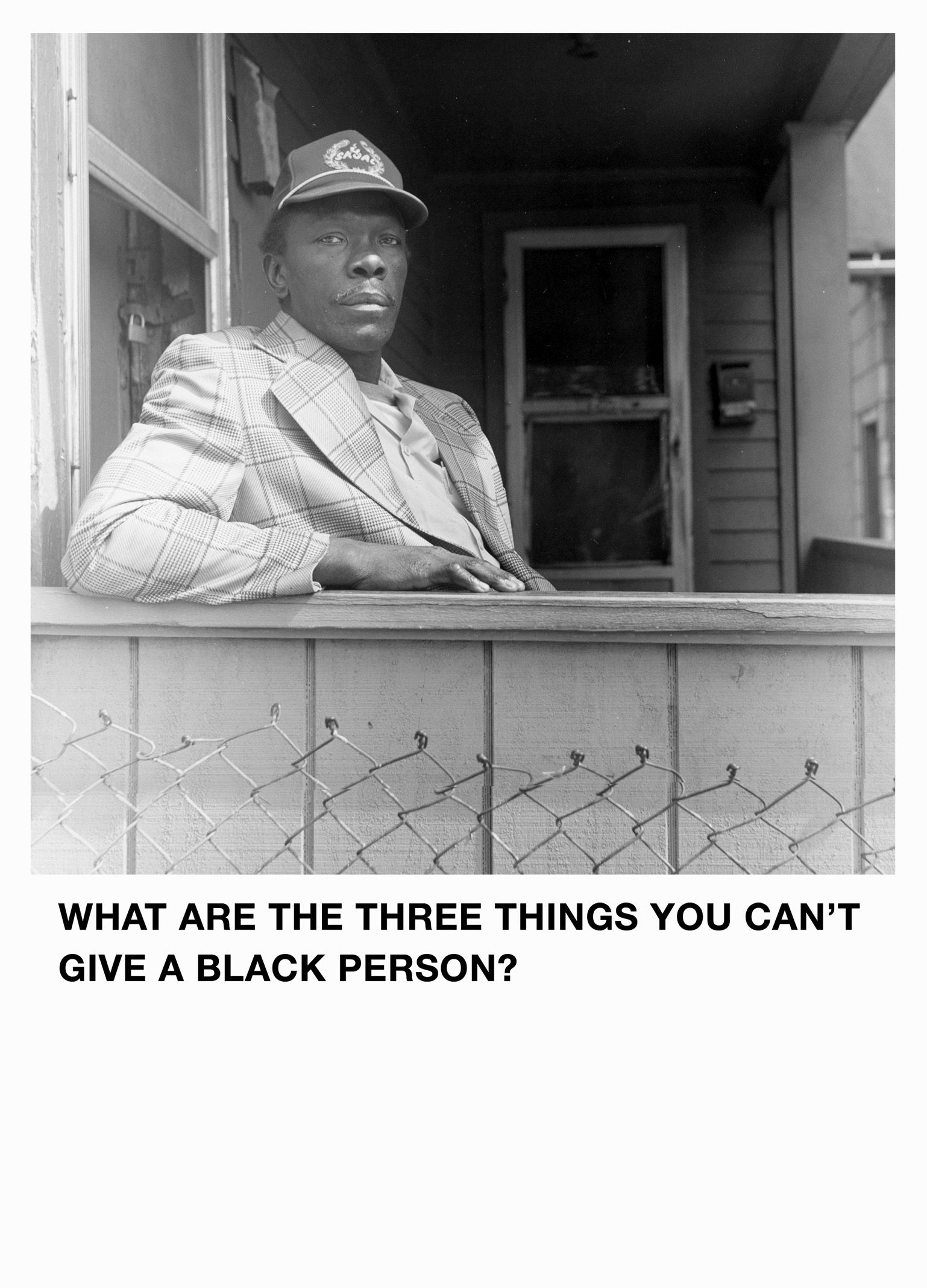
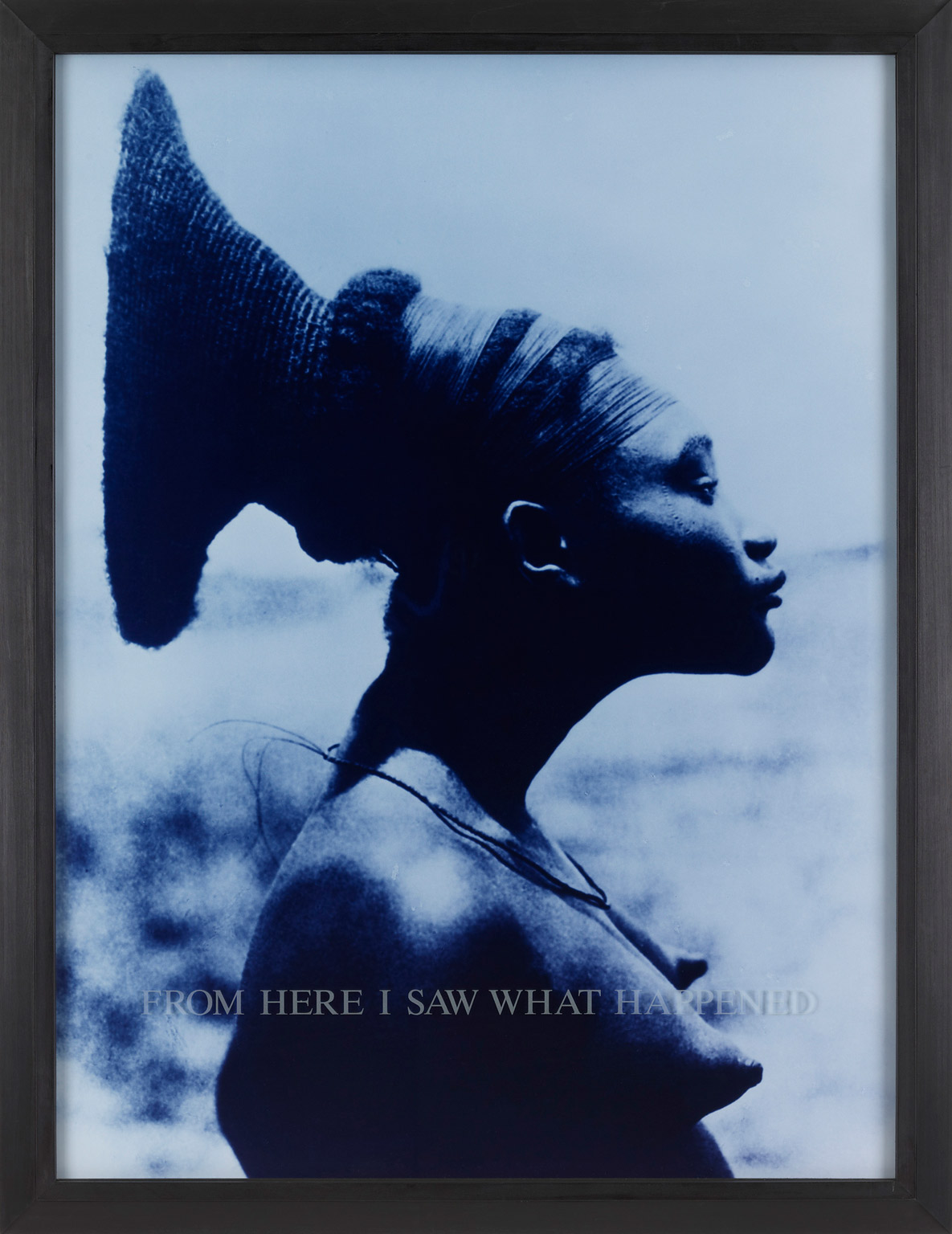


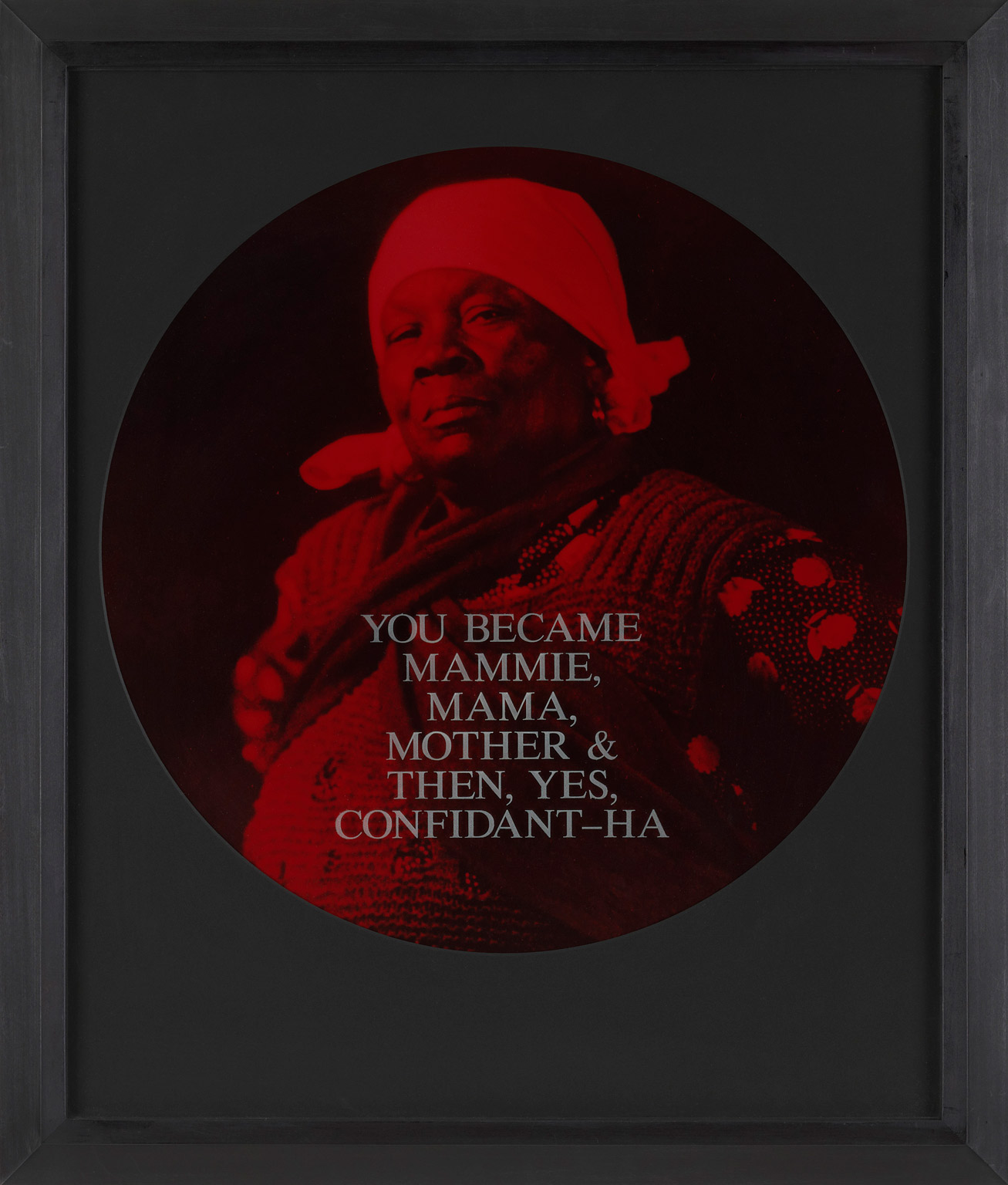



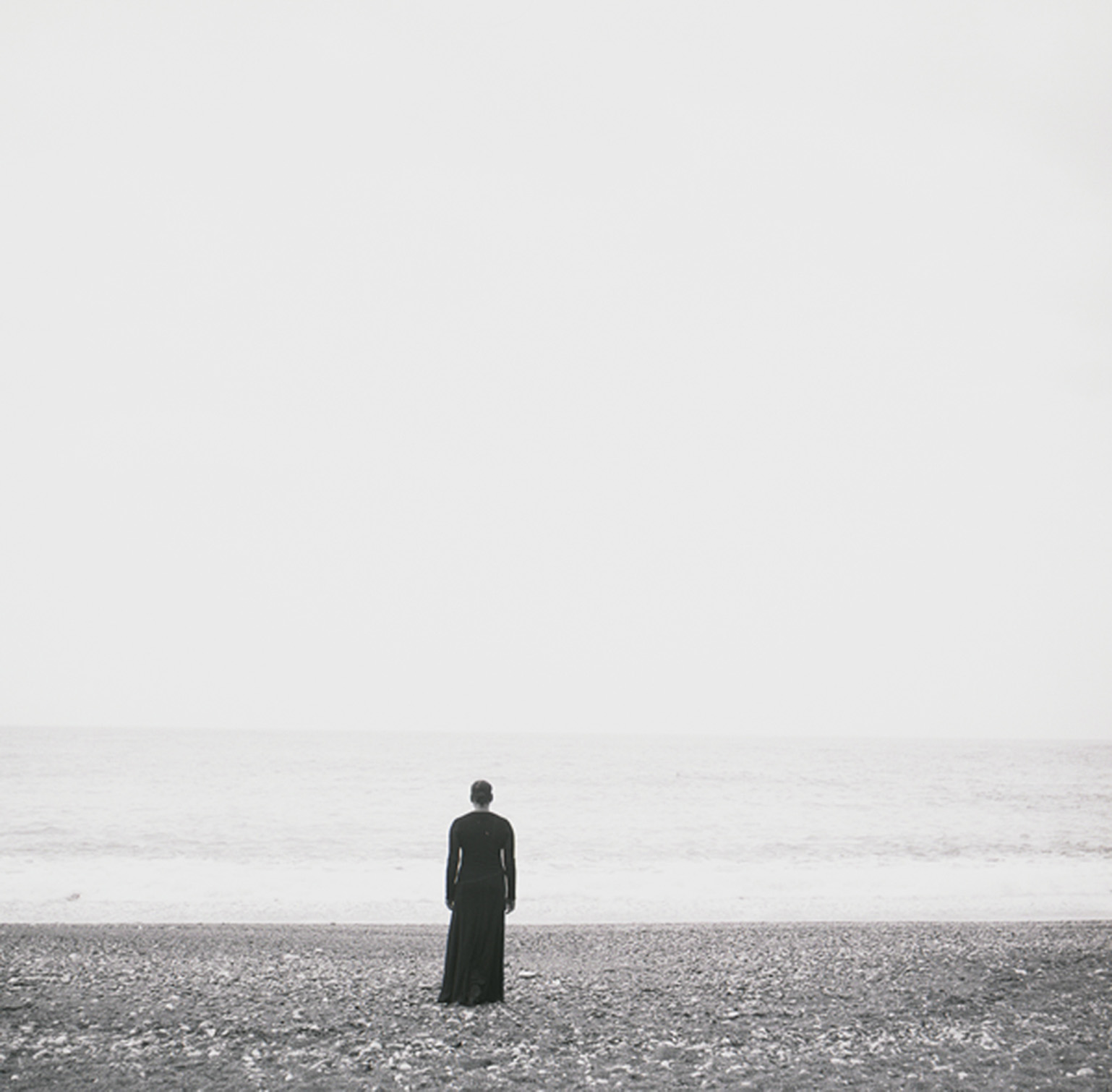
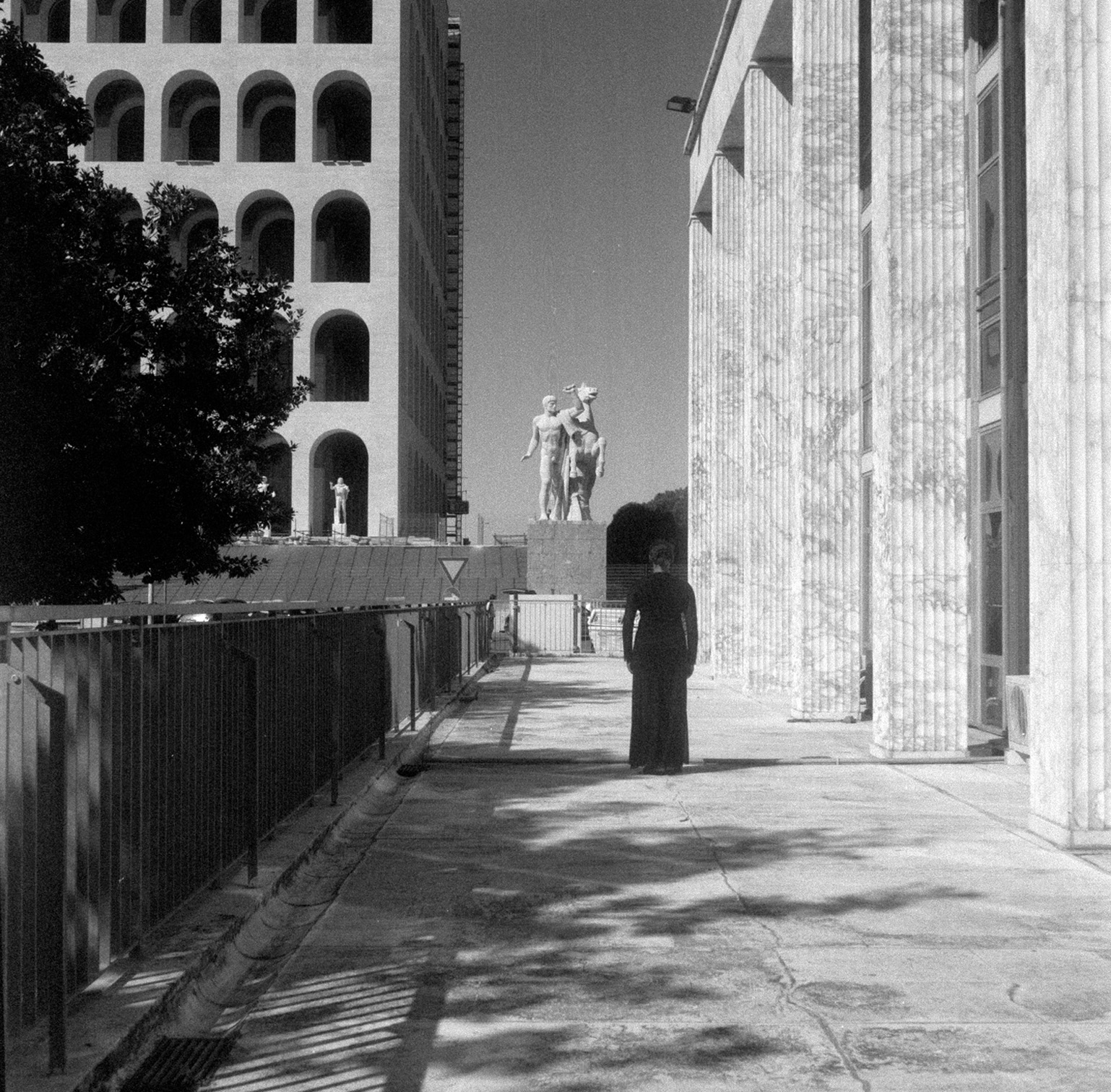
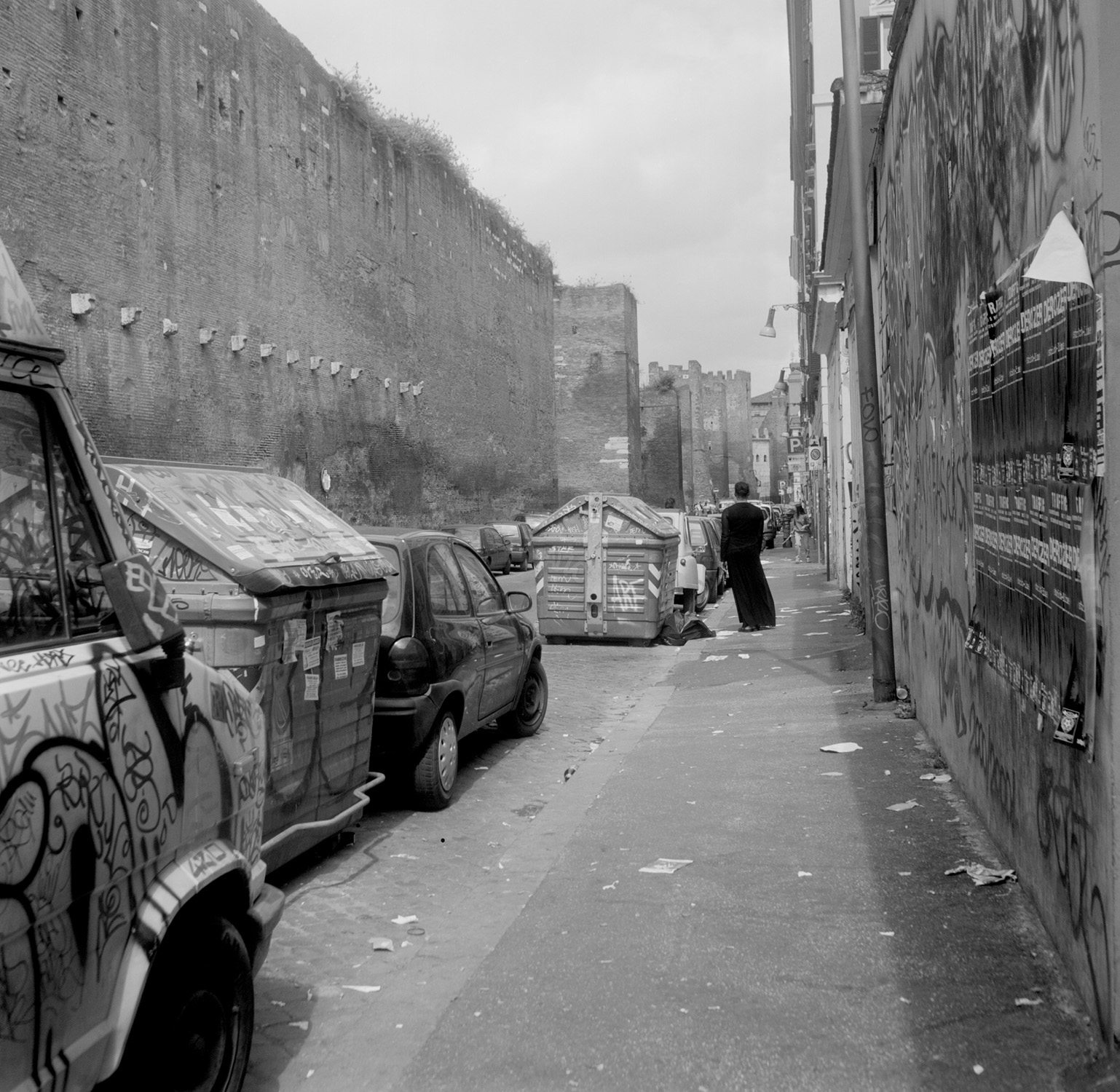

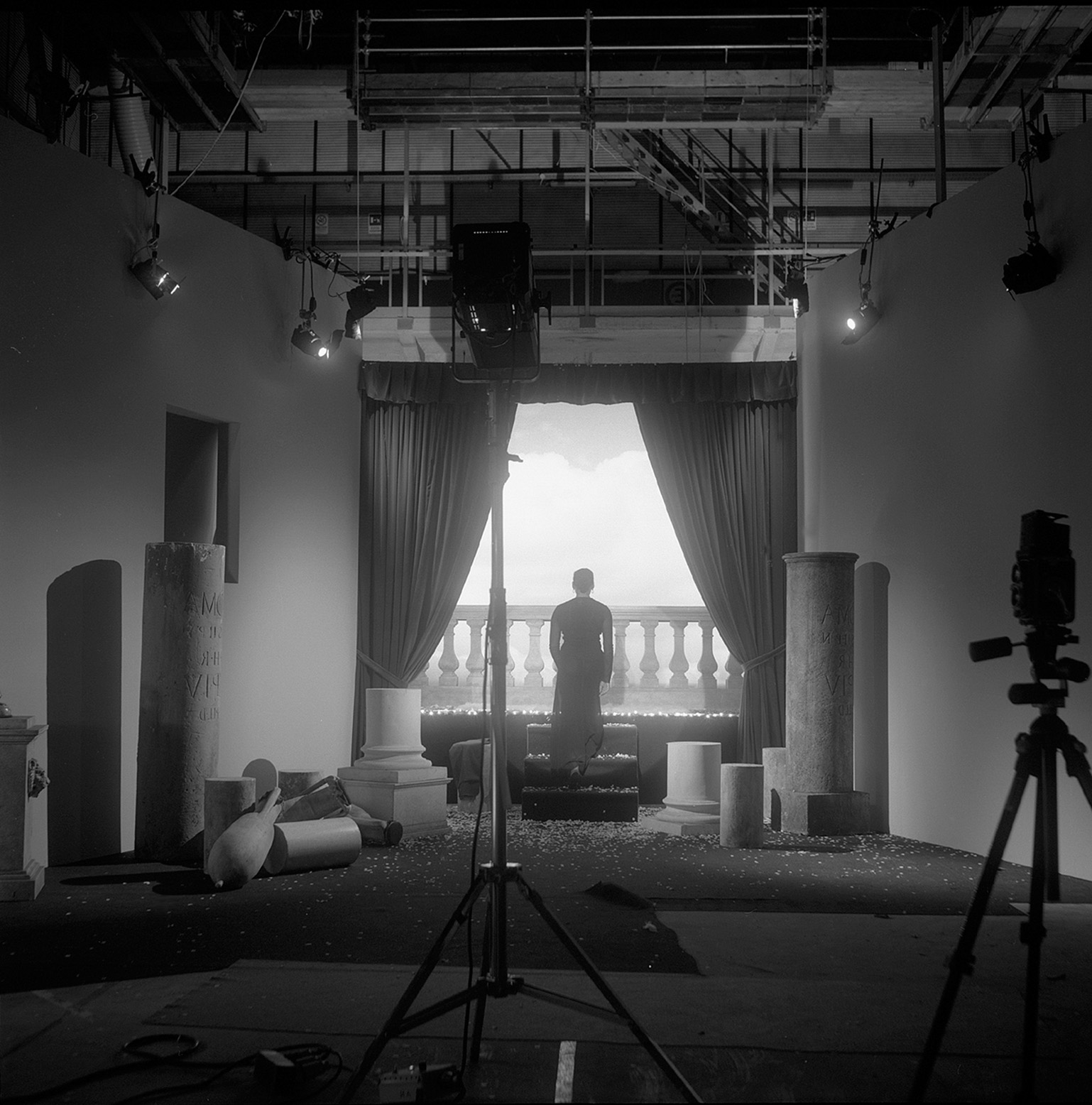

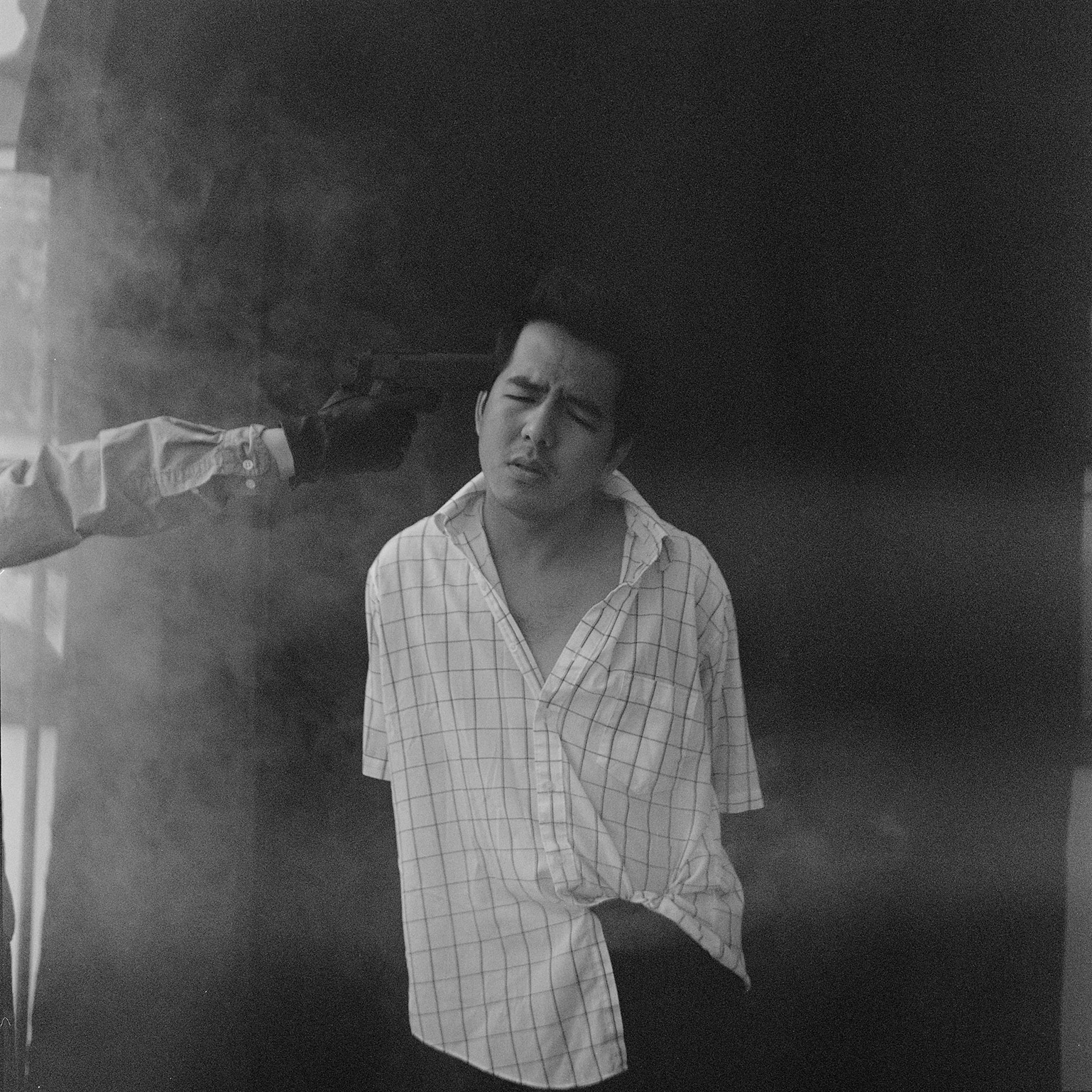
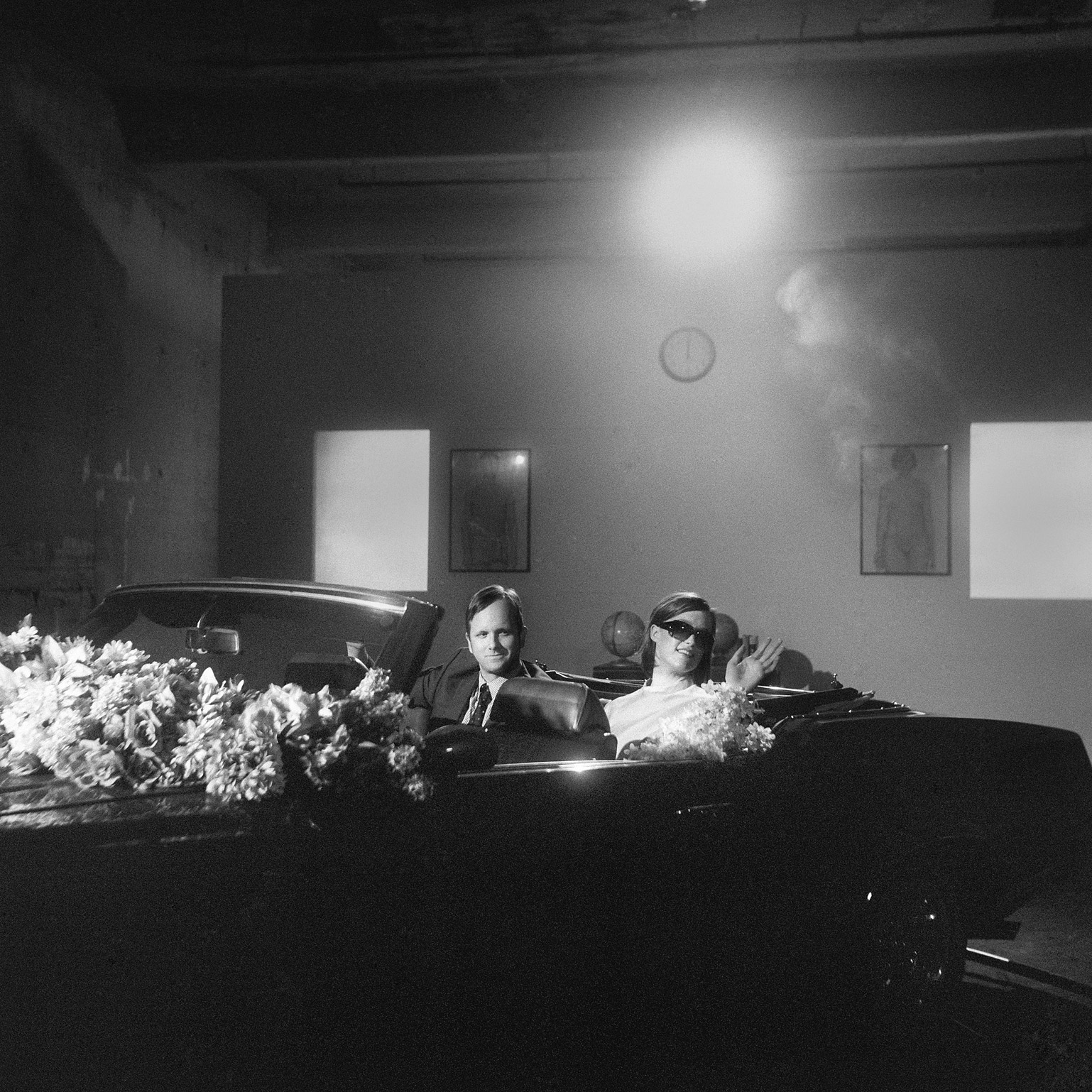
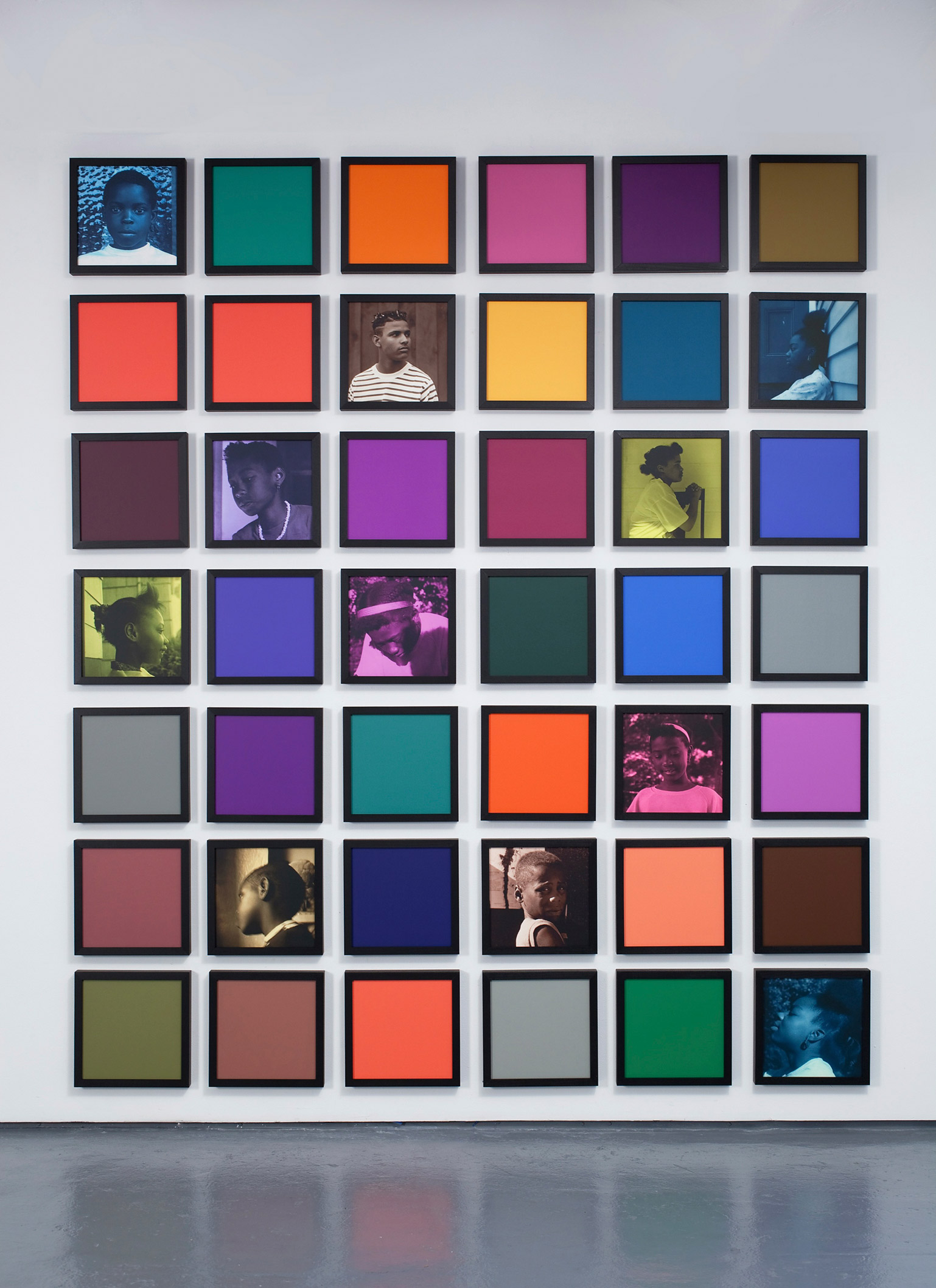

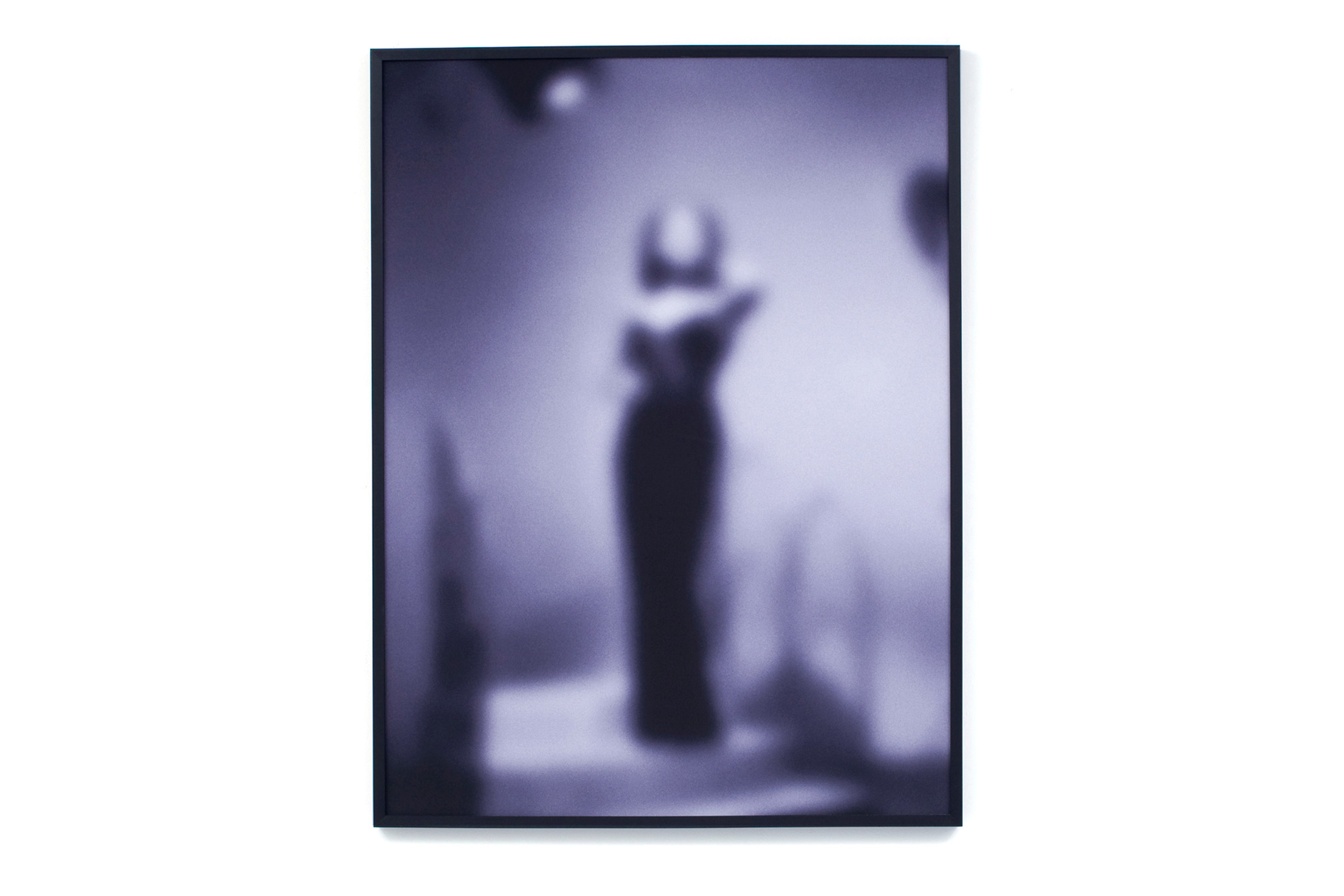
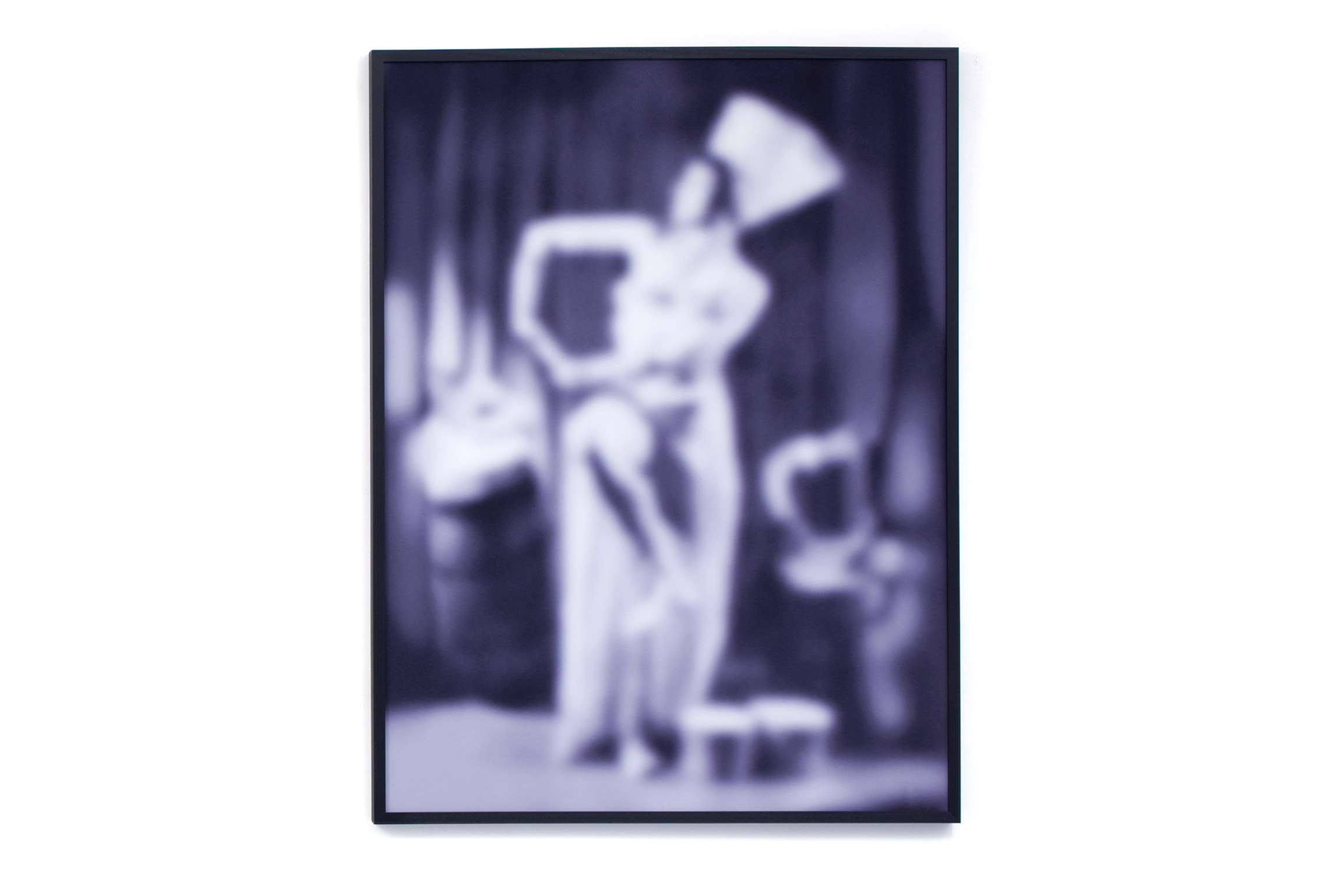
More Must-Reads from TIME
- Cybersecurity Experts Are Sounding the Alarm on DOGE
- Meet the 2025 Women of the Year
- The Harsh Truth About Disability Inclusion
- Why Do More Young Adults Have Cancer?
- Colman Domingo Leads With Radical Love
- How to Get Better at Doing Things Alone
- Michelle Zauner Stares Down the Darkness
Contact us at letters@time.com